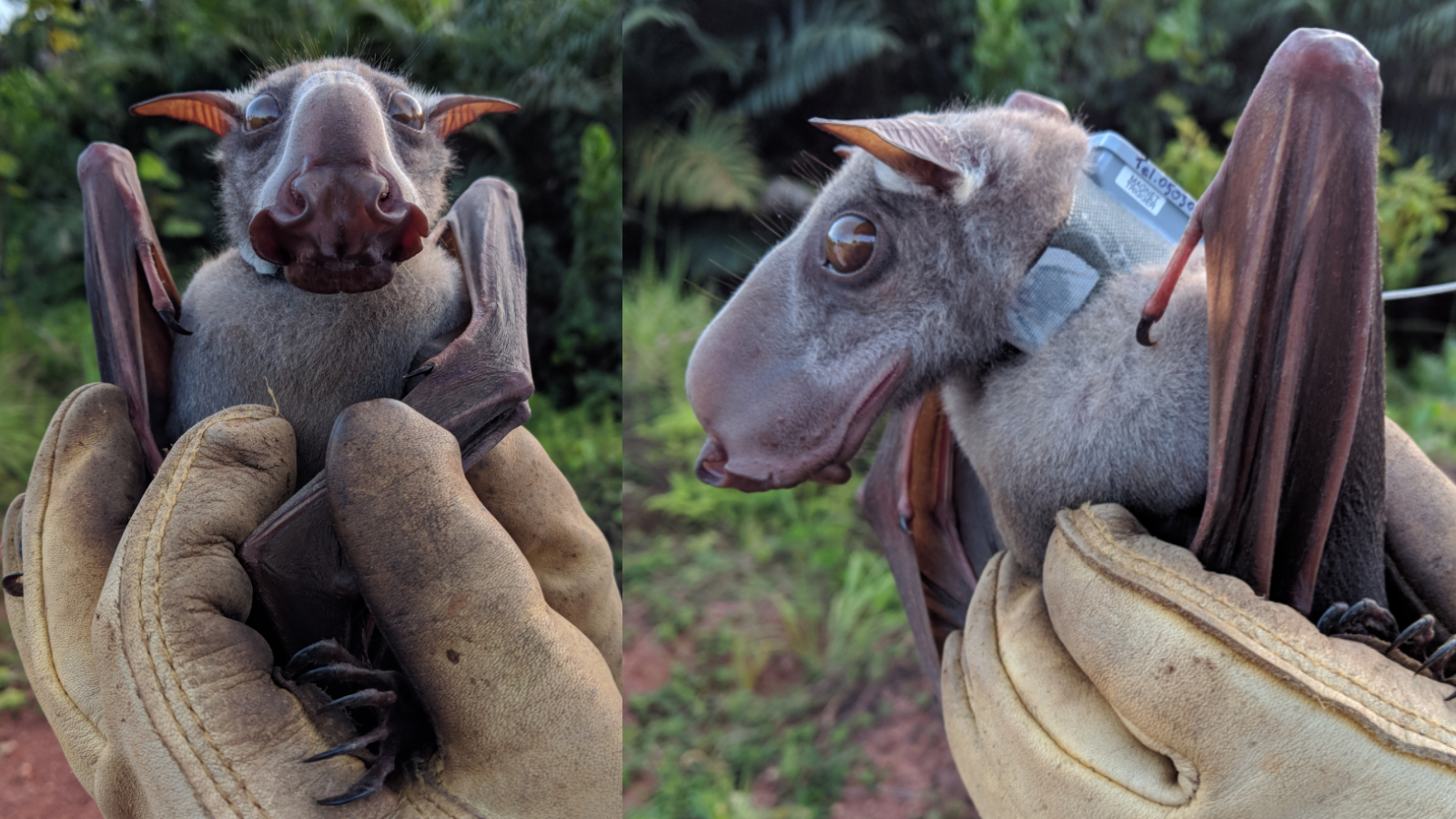Symmetry, Vol. 15, Pages 2010: Novel Computations of the Time-Fractional Coupled Korteweg–de Vries Equations via Non-Singular Kernel Operators in Terms of the Natural Transform
Symmetry doi: 10.3390/sym15112010
Authors: Abdulrahman B. M. Alzahrani Ghadah Alhawael
In the present research, we establish an effective method for determining the time-fractional coupled Korteweg–de Vries (KdV) equation’s approximate solution employing the fractional derivatives of Caputo–Fabrizio and Atangana–Baleanu. KdV models are crucial because they can accurately represent a variety of physical problems, including thin-film flows and waves on shallow water surfaces. Some theoretical physical features of quantum mechanics are also explained by the KdV model. Many investigations have been conducted on this precisely solvable model. Numerous academics have proposed new applications for the generation of acoustic waves in plasma from ions and crystal lattices. Adomian decomposition and natural transform decomposition techniques are combined in the natural decomposition method (NDM). We first apply the natural transform to examine the fractional order and obtain a recurrence relation. Second, we use the Adomian decomposition approach to the recurrence relation, and then, using successive iterations and the initial conditions, we can establish the series solution. We note that the proposed fractional model is highly accurate and valid when using this technique. The numerical outcomes demonstrate that only a small number of terms are required to arrive at an approximation that is exact, efficient, and trustworthy. Two examples are given to illustrate how the technique performs. Tables and 3D graphs display the best current numerical and analytical results. The suggested method provides a series form solution, which makes it quite easy to understand the behavior of the fractional models.

 6 months ago
18
6 months ago
18


